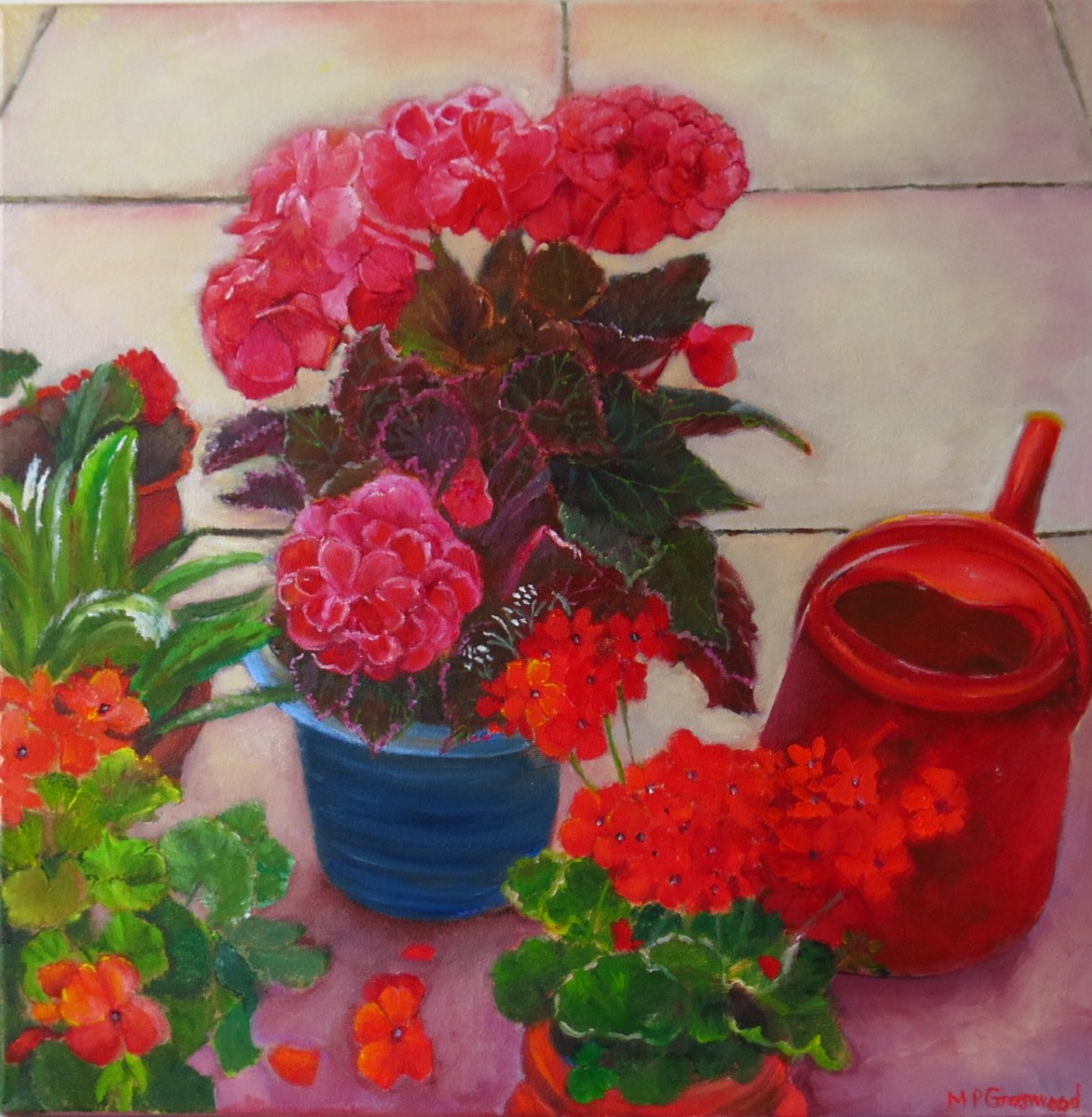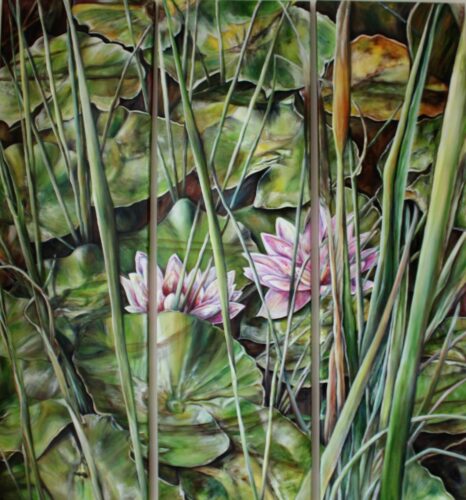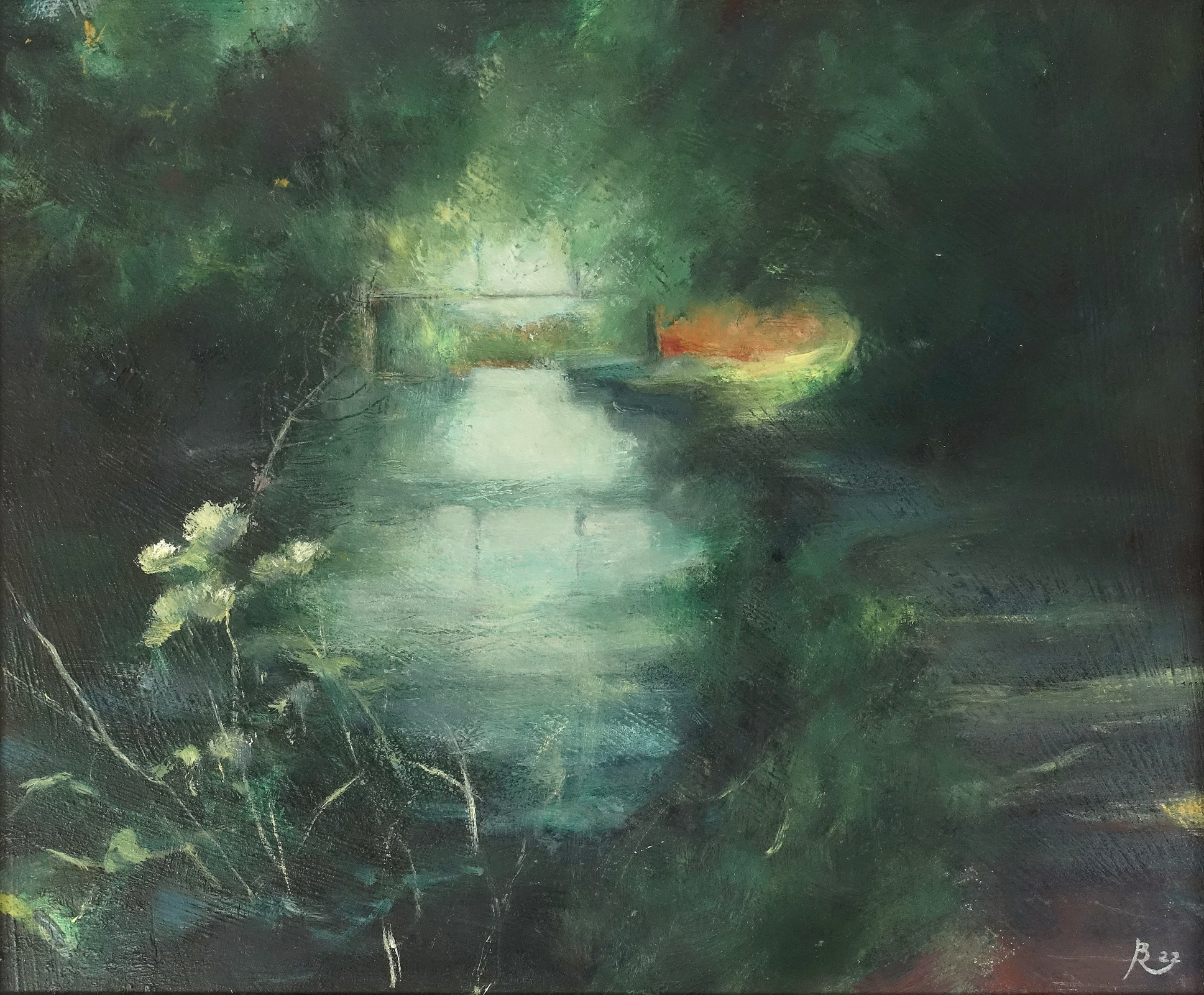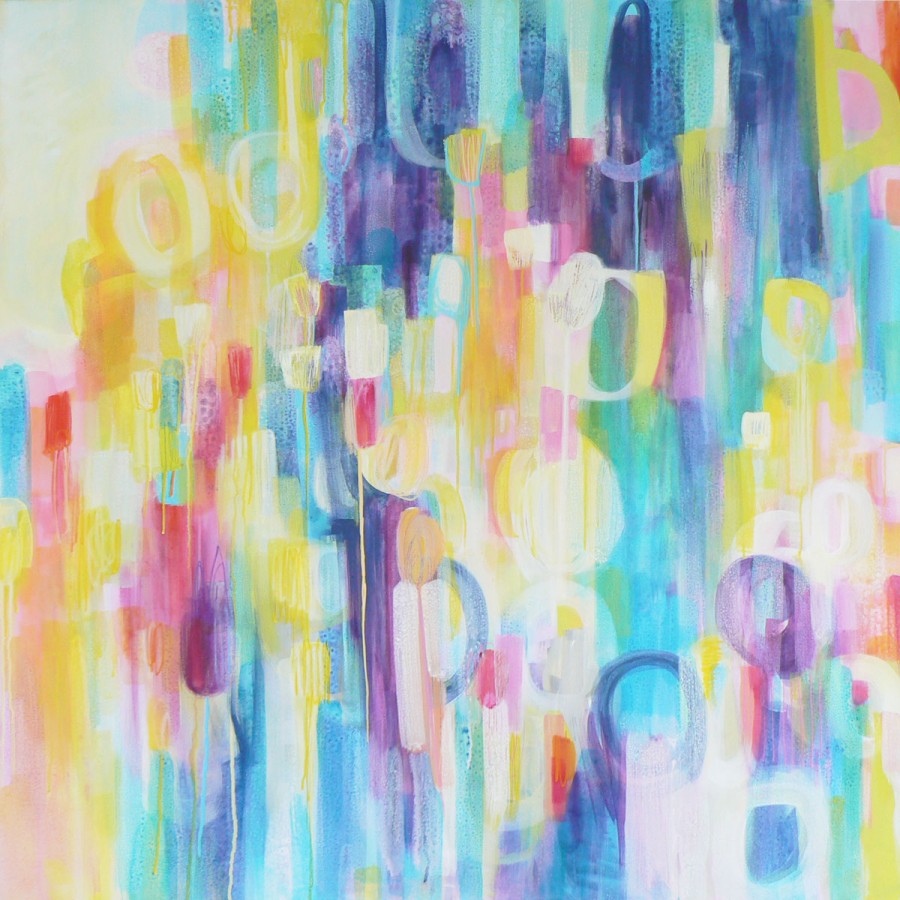What is it to be an artist? Who can actually call themselves an artist? Two avenues exist for an artist’s education. The first is a traditional form of learning in which the person regularly engages with a tutor or in a classroom environment to learn their craft. This avenue comes with a degree or certificate upon completion and requires a monetary commitment as well. The other avenue is the self taught artist. This person makes their own path and many self taught artists have become phenomenally well known and successful even without a specialized degree. We will examine both of these avenues and let you decide which is right for your future art endeavors.
Costs Involved
School costs money. Paying tuition is a part of going to an art school. Art schools do offer scholarships to certain individuals that showcase a natural talent for their chosen art. Many budding artists are recommended by their secondary school art teachers and provided the funds to attend for almost nothing, but these cases are rare. In reality, it can cost thousands to achieve a degree in your chosen art field. The upside to that is the credibility that comes with earning that degree. Many avenues in the art realm actually require a degree.
The costs to teach yourself are monetarily lower, but still exist. Generally, a self taught artist can find various tutorials online and gain the same knowledge one would at an institution. However, a self taught artist must be a driven individual. They have to find qualified tutorials and spend hours honing their skills on their own. A self taught artist must also invest their own money in buying their personal tools for their art genre.
Networking
One of the main benefits of attending an art school is networking. Generally, you are in close proximity to like minded individuals that have the potential to help you grow your art and achieve your goals. There is power in numbers. Many new artists work with others to showcase their art in public galleries and shows to help the entire group.
The self taught artist can find networking opportunities as well, but they have to be more invested in their pursuits. Opportunities for networking will not merely fall into their lap. They must place themselves and their art in areas where it will get noticed. Networking with owners of local pubs, galleries, coffee houses, and other public areas is essential to the individual’s professional growth.
Total Creative Freedom
In an art school you will learn the history of art and its various forms. Expressionism, impressionism, abstract, and realism will all become regularly voiced to you by your teachers. Where this is great for understanding the intricate facets and history of the art world, it does not always empower total creative freedom. While attending art school, you will be required to maintain a certain level of structure in your art in order to pass your classes. Learning anything is a process and gaining the fundamentals is essential to your overall success in getting your degree.
Even after attaining a degree, many traditionally taught artists can find it difficult to break free from their teachings to express themselves freely. No matter where you go or what you do, you will always have that particular teacher’s voice in your head telling you what specific type of art you are producing and breaking away from that can be a true challenge. However, it is not impossible. With practice, you can enjoy total freedom of expression once your degree is in your hand.
As a self taught artist, you are not tied to any particular curriculum and are free to find your own path. Although a self taught artist may enjoy learning the history and various types of art, they do not have to. Ultimate creative freedom comes from a self taught avenue and many individuals find this freedom vitally important to their self expression.
Learn at Your Own Pace
Naturally, in a structured environment like an art school, you will be subject to whatever the curriculum calls for. The teacher will teach every class generally in the same way without deviating from their chosen curriculum. This gives them the ability to know that each person receives the information they need to graduate with their degree.
This can also be a negative for those who learn at a slower pace. Some people can keep up with classes easily and have no trouble focusing, but if you are among the many that need a little extra time, you might want to avoid the classroom environment altogether. A self taught artist has the ability to learn on their own with no ties to a particular curriculum which is very enticing to a growing number of self driven individuals.
Choosing Your Own Teachers
While attending art school you will no doubt be given the opportunity to learn from some of the most gifted artists the world has to offer, but there are drawbacks to this as well. You cannot choose who your teacher is and must abide by the classes you are required to take for your degree. That means you may not like all your teachers, but must press on and learn what you can from them. Remember, without passing their class, you will not receive your desired degree.
The self taught artist has an advantage in this area. They can choose to study material from practically anyone they wish. Online tutorials are available from artists from every walk of life and genre, so it can be easy to find one you really enjoy learning from. Remember, you must be willing to put forth the effort to find and learn from these individuals.
So, Which One is Better?
There is no clear answer when it comes to self taught vs. traditionally taught artists. Some of the most influential painters in the world were never given the opportunity to have a traditional artist’s education. Claude Monet and Vincent Van Gogh are prime examples of self taught artists that became wildly successful. On the other side of the coin, we have Andy Warhol who did invest in formal education and became a success.
Success in the art world is not strictly dependent on your ability to pass the test, but your individual drive and ambition to become an artist. Like any field of study, those who invest the time in learning everything they can about their chosen profession and strive for greatness are the ones that make the biggest impact in their field.
Whether you choose to pursue art in the traditional sense or make your own path is truly up to you. There is no right or wrong when it comes to educating yourself in art. The future of your art is truly in your hands. Take a few classes if you wish, get a full degree, or simply go forth and pursue your passion in art. You can go far if you have the drive to see your dreams come to fruition.




